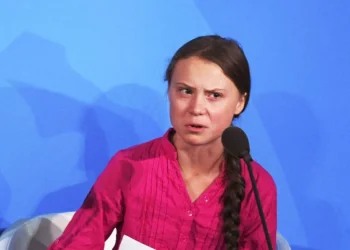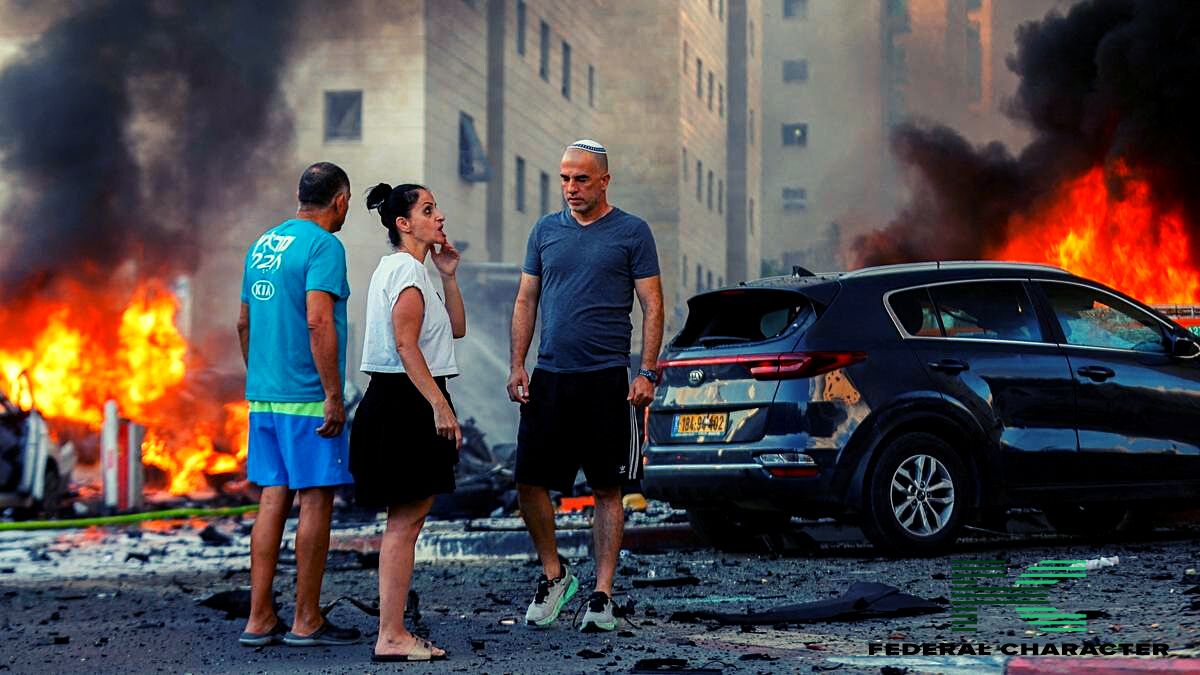The World Health Organization (WHO) has once again waved the red flag on Mpox, declaring it remains a public health emergency. While this might not be shocking news to anyone following the outbreak, the fact that it continues to raise alarms globally seems to underscore how poorly the world has handled this situation. For those of us still trying to wrap our heads around what exactly makes Mpox so dangerous, let’s break it down: it’s a viral infection spread through close contact, causing flu-like symptoms and pus-filled lesions. It’s generally mild, unless you’re one of the unlucky ones who experiences the lethal side of it.
The WHO’s warning, first issued in August, was prompted by a new form of the virus spreading from the Democratic Republic of Congo to neighboring countries. And now, in November, we’re still facing the fallout of the outbreak.

With over 46,000 suspected cases reported across Africa mostly in Congo along with over 1,000 suspected deaths, it’s no surprise the WHO has maintained its stance. This form of Mpox is spreading, and as it crosses borders, the WHO has decided that it still constitutes a “public health emergency of international concern,” their highest alert level.
The decision is based on the relentless spread of cases and the operational challenges in handling them. The global response, quite frankly, seems to be stumbling, and the world is still slowly ignoring it. The virus has crossed continents, reaching places like the UK, Germany, Sweden, and India, with a new variant, called clade Ib.
This raises the bigger question: Why did we let it get this far? Despite the warnings, global health organizations seem to have reacted at a pace that doesn’t quite match the urgency of the situation. Governments have been slow, vaccines were cleared late, and international coordination is still struggling to keep up. Mpox was declared an emergency back in 2022-2023, but it’s only now that we’re seeing the full scale of the problem.















